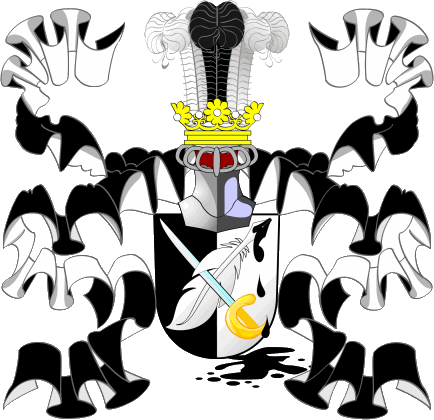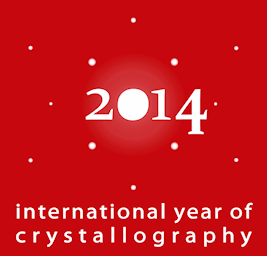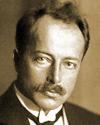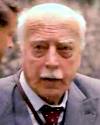

Max von Laue (1879-1960)
German physicist (Nobel 1914)
The above is a copyrighted picture reproduced here by permission. © 2009 by Jochen Wilke.
Per pale Sable and Argent, a saltire consisting of a quill pen Proper
and
an officer's sword Argent hilted Or,
both pointing to the chief points.
Crest:
Three Ostrich feathers, Argent, Sable and Argent.
Thanks to Joachim von Roy
for communicating the following German blason:
In von Schwarz und Silber gespaltenem Schilde eine schräglinks aufwärts
liegende natürliche weisse Schreibfeder,
geschrägt mit einem schrägrechts
aufwärts liegenden golden-begrifften stählernen Offiziersdegen;
auf dem Helm mit schwarz-silbernen Decken drei (silbern-schwarz-silbern) Straussenfedern.




